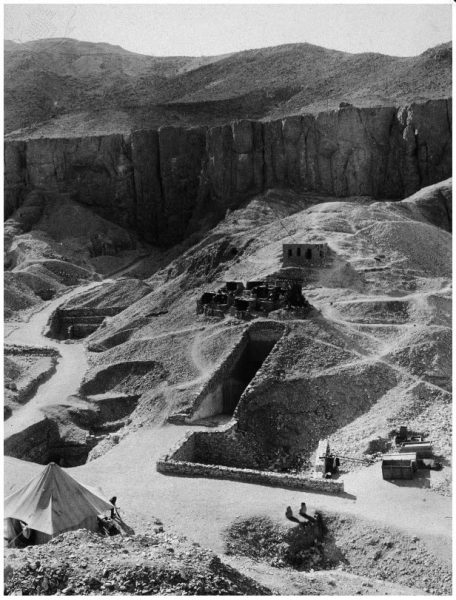
Today is the anniversary of the discovery of the tomb of King Tutankhamen, one of the most important archaeological discoveries of modern times. On November 4, 1922, more than 3000 years after Tut’s reign, British archaeologist, Howard Carter, discovered one of the only unplundered royal tombs in Luxor, Egypt.
Would you like to read the first newspaper article about the discovery in the library’s archive of the Times of London written by Howard Carter himself? Or perhaps you’d like to browse through one of the many books our library has about the life and and times of the boy king:
The private life of Tutankhamen; love, religion, and politics at the court of an Egyptian king
Akhenaten and Tutankhamun : revolution and restoration
Tutankhamun, his tomb and its treasures
Tutānkhȧmen, Amenism, Atenism and Egyptian monotheism; with hieroglyphic texts of hymns to Ȧmen and Ȧten Discovering Tut-ankh-Amen’s tomb
Tutankhamen : life and death of a pharaoh
Tutankhamun and the golden age of the pharaohs
